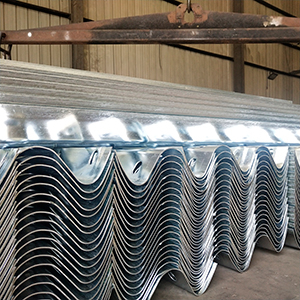New crash test shows electric vehicles may be too heavy for highway guardrails, raising safety concerns
According to the US Department of Transportation, 30-40% of fatal crashes occur when vehicles are run off the road. Another shocking statistic comes from 30% of all cross-median crashes ending in severe injury or fatality. These statistics have led to increased implementation of crash barriers to prevent vehicles from coming off the road or smashing into oncoming lanes. Concrete medians and metal guardrails save lives every year and make for safer roadways.
An improperly designed crash resistance barrier can make incidents even more dangerous by increasing the chance of rollover, stopping the vehicle too quickly, or shifting the vehicle in other unpredictable ways. The barriers we have on roads today are the product of research on thousands of crashes involving concrete and cable medians and guardrails.
Crash resistance barriers save lives by preventing dangerous vehicle trajectories while softening and redirecting impacts to drivers wherever possible. This article will take a more in-depth look into all the ways that barriers work to keep us safe.
Guardrails and Barriers
Drivers may swerve out of their lanes and off the road for many reasons. A car may stop too quickly in front of them, causing them to avoid a crash, fatigue, or not paying attention to the road, and inclement weather leads drivers to depart from the road every day.
Traffic engineers have been gathering data for almost as long as automobiles have been around to create safer driving environments. Measures have been inducted into highways over time that help drivers stay on the road during a crash and avoid rollovers and other dangers of off-road crashes. State and local agencies test different barriers and consult with engineers to create the safest and softest collisions possible for drivers who hit them. Crash barriers are an extremely useful tool to combat fatal auto crashes.
Crash resistance barriers have been proven to save lives with thorough research in numerous independent study



